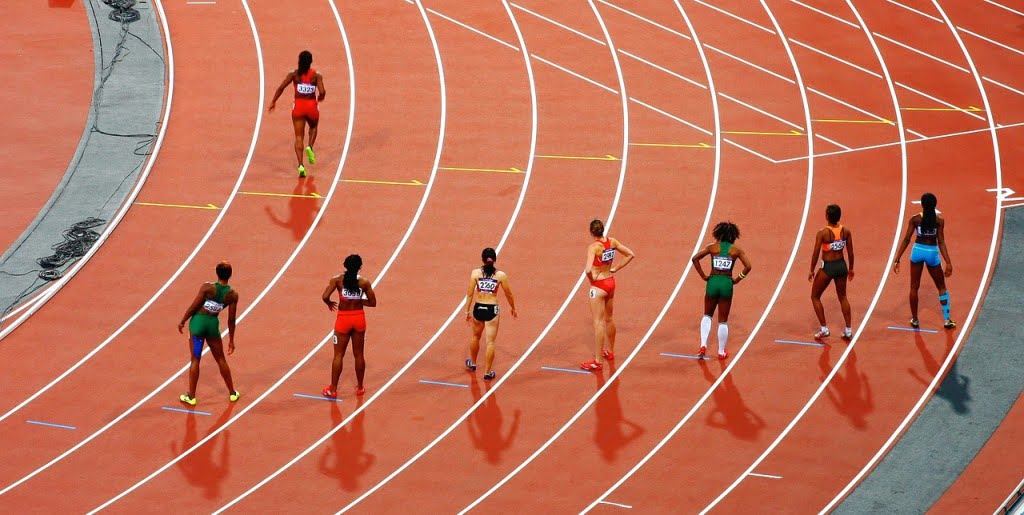Gymnastic: Stunts
Gymnastic: Stunts (I) Sit up (II). Crab walks (III). Cart wheel (IV). Head stand Stunts and tumbling activities Gymnastics comprises a series of motor skills. It includes activities performed on the floor and on apparatus. Floor activities could also be called stunts and tumbling. They are performed on the floor or ground without the use […]

